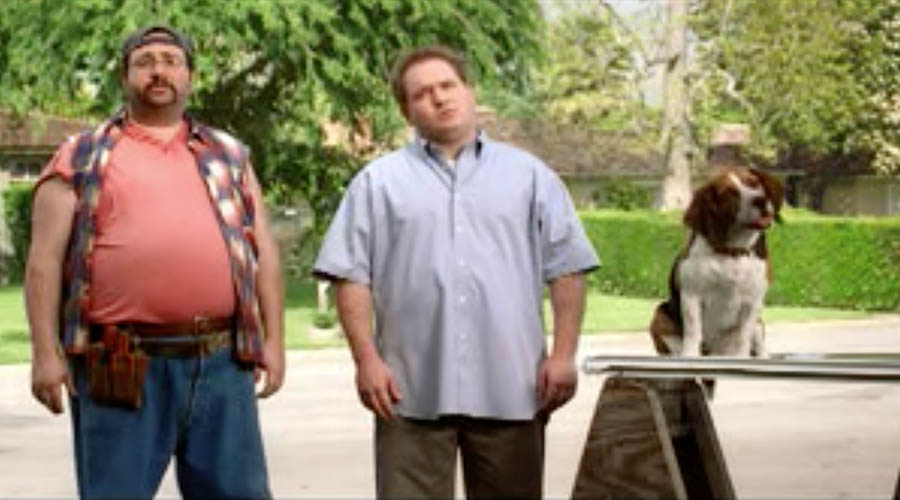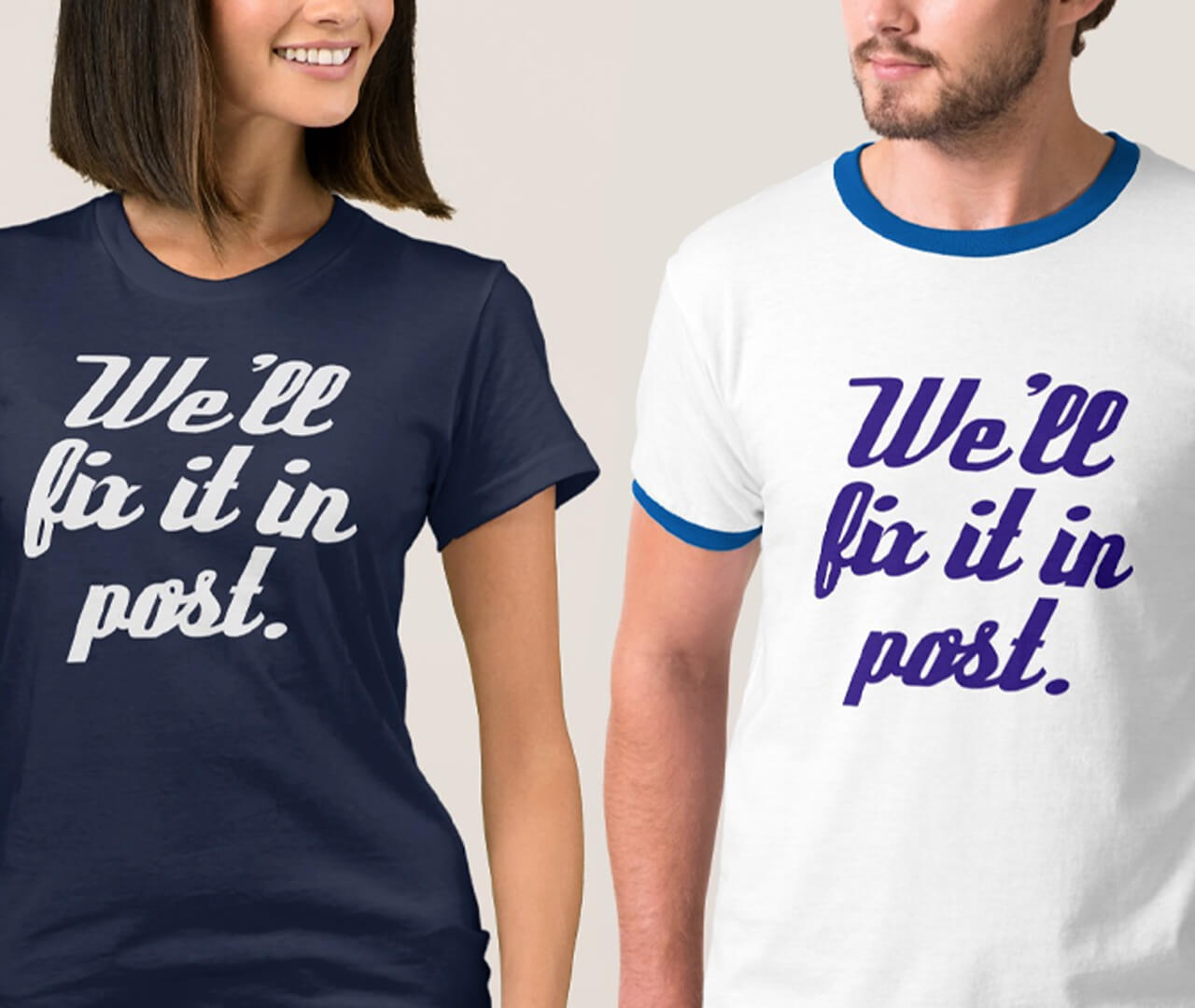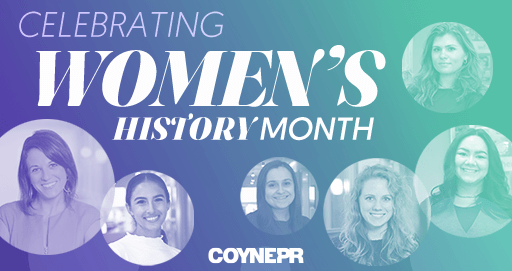Anyone involved in film and video production has either uttered or heard the expression, “We’ll fix it in post.”
For those not so close to the film and video production process, let me explain. It means you needn’t worry too much about mistakes made while shooting because they can be fixed during the post-production phase.
I urge you not to get sucked into that mentality. “We’ll fix it in post,” is a way of sending your problems downstream. Oh sure. Go ahead and make it the editor’s problem! Those involved in post-production politely chuckle (or perhaps cringe) when someone says, “We’ll fix it in post,” but sometimes they really do need to clean up some bad messes.

“Fix it in Pre” as much as you can.
Making videos, films, commercials takes a lot of planning. It’s all in the pre-production. I’ve had clients fly across the country just to attend pre-production meetings and not stay for the shoots. No breakfast burritos! No peeing in a motor home! Can you believe it?
These particular clients understood that production is all about the pre-production and trusted the professionals to do their thing. Clients like this are to be treasured because of the trusting relationships that have been built.
I once attended a pre-production meeting for a seemingly simple 30-second commercial that lasted four hours. FOUR HOURS! That’s 480 times longer than the commercial itself.
The first two hours were just focused on what would appear on the wall behind our main actor. Not kidding! But honestly, it never became heated or contentious. The client just wanted to clearly understand the creative vision. That’s because every detail matters.
Sound Experience
Ingenuity paired with technology allows good editors to fix plenty of issues in post. Many mistakes can be avoided but some just can’t be fixed.
Poor audio quality during a shoot is really hard to fix later. If your microphones pick up extraneous sounds, such as airplanes and cars when you’re shooting outdoors or ringing phones and air conditioners indoors, you may be out of luck.
Or how about a lavalier mic that’s rubbing against the fabric of the talent’s wardrobe? Ugh … It’s hard enough to get a great performance from on-camera talent. If their dialogue has unintended noises on the sound track, that’s a problem. And don’t count on auto-tune to bail you out.
Early in my career, I was in a situation where an actor had the perfect tough-guy look we needed for a part. On the day of the shoot, he looked great on camera, but it turned out he had kind of a wimpy voice. It was just something that we hadn’t picked up on because we held our callbacks outdoors (for reasons having to do with the action we planned to shoot) on a windy day.
There was no chance to recast as we were already on location. No matter how many takes we shot, he just didn’t sound right. So, we moved on knowing our only option was to somehow fix it in post. We dubbed somebody else saying his lines. It’s an old Hollywood trick that still needs to be used on occasion. Not ideal, but we got away with it.
Casting sessions don’t normally require premium sound technology. Lesson learned: Casting outdoors? Make sure you can hear the actors when you play back the auditions later. With experience come war stories which hopefully turn into wisdom.
Timing is Everything
Editors can speed up the pace of filmed action with a few tricks having to do with frame rates and other geeky things. I’d call that optimizing and creative problem-solving rather than fixing something that was poorly planned.
Compressing action is always important when you’re working in commercials with short durations. I’ve witnessed editors make some pretty smart fixes, such as splitting a screen in unexpected places to get two different actors’ actions in better timing in order to move the story along. I always make mental notes for future productions.

Case in point: In this spot for Pella Windows, our story needed a dog and his owner to tilt their heads at the same time for comedic effect. That’s a tough one to time perfectly. Even though a trainer was on set to cue the dog (and our actor), experience led me to make sure the camera was locked down, rather than moving, so that we could seamlessly split the screen in post.
If you’ve done all the pre, you should be able to execute like a pro. Sure, there are a hundred things that can go wrong during production, but at least you will be prepared. And make sure you get good script notes from the shoot. It will make your editor’s job easier.
Three “pre-fixes” to help your production go as well as possible:
Write with a Friggin’ Stopwatch – Make sure you time your scripts and storyboards with a stopwatch. Seriously. Don’t present anything that doesn’t fit into your allotted time. Clients pay the bills, but the stopwatch is the boss.
Pre-Bid – Before getting bids from film and video production resources, make sure to account for every single detail, such as: Description of location(s), specs for on-and-off-camera talent, sample reels from your recommended director(s), post-production requirements, such as length of finished edits needed, description of graphics, animations, music, sound effects, etc. This process will likely save you from unexpected overages later in the process.
Pre-Pro – Once the job is awarded, you’ll get busy with scheduling, casting, callbacks, location scouting, set design, art direction, props, wardrobe, shooting boards, travel, tech scout and a thousand other things before the shoot.
Oh, and catering, too. Breakfast burritos don’t show up on set by themselves.

Post Mortem
Here’s some recommended reading for anyone involved in film and video production: “When the Shooting Stops… The Cutting Begins – A Film Editor’s Story” by Ralph Rosenblum and Robert Karen. It’s a little dated but still highly relevant to the craft of editing.
Rosenblum edited Woody Allen’s “Annie Hall,” which won Oscars for Best Picture, Best Actress, Best Actor, Best Director and, ironically, Best Original Screenplay. Ironic because the final edit was a very different story than Allen had intended. Rosenblum found a different story in the footage and, with Woody Allen’s blessing, truly “fixed it in post.”

By the way, the Oscar for Best Film Editing that year went to “Star Wars.” But that’s another story – from a galaxy far, far away.
To see some of the video work that Coyne PR has been up to, check out our STUDIO page.



